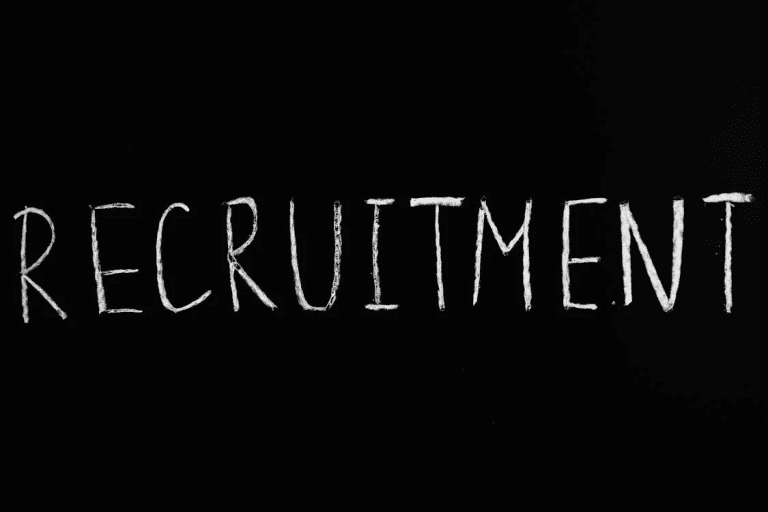Talk to any seasoned HR Professional about how good talent seems to slip through their fingers and you may have to find a good excuse to escape from their office in the midst of all their venting.
Every company has its war stories about the so-called War for Talent, where they battle to keep talent in a world where talent seems to have become as slippery as the proverbial eels that wriggle their way out of one’s grasp.
Many a time, I’ve listened to the venting of HR Professionals about how they have hired talented people, trained and grown them, only to have them up and leave before the company has been able to get a return on the investment it made in them.
Consequently, talent has been the one to get a bad name – for being slippery!
But if we were to turn the slippery talent problem on its head, we may get a different view of things. Possibly companies should start accepting responsibility for being slow to recognise what is needed to retain slippery talent.
And it’s not about using the golden handcuffs. It’s about using the right bait – in the form of customised careers.
While companies blame the slippery talent for not staying, they fail to realise that they are pointing fingers in the wrong direction. They fail to realise that they’re contributing to the slipperiness of their talent by remaining trapped in an outdated mindset, offering “one size fits all” careers to a talent pool that wants careers personalised to meet their own needs and aspirations, not those of a “general nobody”.
“So what’s wrong with that?” I hear you ask.
Youi see! That’s exactly the problem!
Seriously, though, change is never comfortable, simply because it requires you to use new neural pathways to come up with new ideas and practices. And the same applies to the way you hire, employ and deploy talent.
You have to get creative – think of ideas that you haven’t thought of before – to make careers at your company attractive. I know of a major bank that was hiring for a very specialised position. They claimed there were not many people in the country with the necessary skills. When they found a good match, after a bit of negotiation, they offered the candidate the opportunity to bring his dog to work (no joke) because they really wanted him!
It’s not just about onboarding the person in a positive way. You now have to sit down with employees, understand exactly who they are, what they want and where they want to go in life, then, together with them, craft a career for them to which they WANT TO BE LOYAL.
Remember the old chestnut, “Where do you see yourself in five years’ time?”
Well, it’s time to ask what the company can offer them in five years’ time. Why? If you can’t offer them something in five years’ time, what’s the point of them hanging around for five years?
So start exercising your mind to identify what the company has to offer your talent to keep them for five years or longer. Changing companies is not simply a modern way of doing things. It’s a symptom of companies that can’t offer appropriate growth opportunities for talented people.
As I close, let me really rattle your cage …
Those growth opportunities you offer your talent may not be confined to your company. What about assisting them with a side hustle or an opportunity to work for another company while they’re still part of your company. Mmmm … thought so. That’s really getting creative!
But you may find that such strategies help you keep a grip on that previously slippery talent!
Alan Hosking is the Publisher of HR Future magazine, www.hrfuture.net and @HRFuturemag. He is an internationally recognised authority on leadership competencies for the future and teaches experienced and younger business leaders how to lead with empathy, compassion, integrity, purpose and agility. He has been an Age Management Coach for two decades.


























